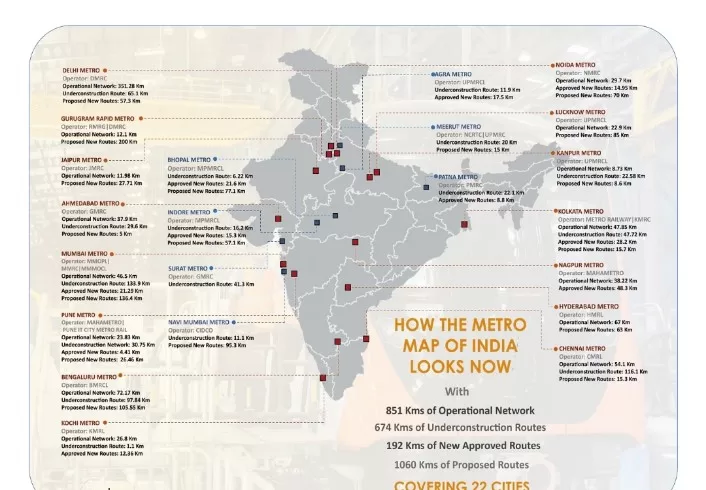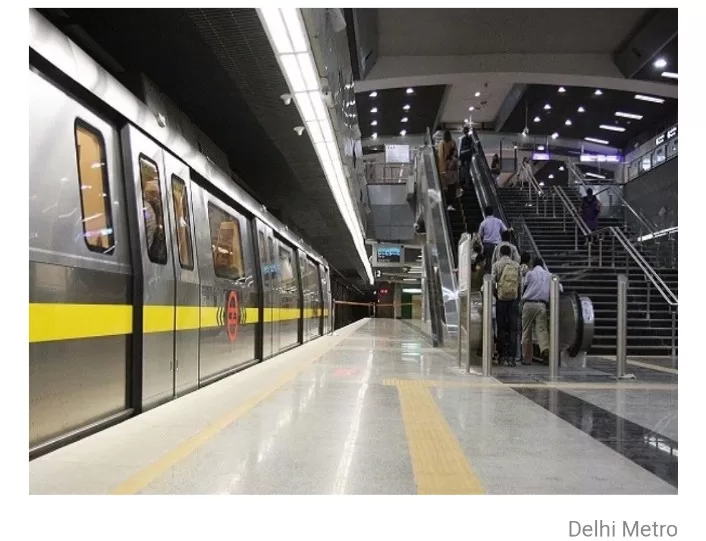In a recent development, India’s ever-expanding metro transit network has achieved a significant milestone. On October 9, two crucial sections were inaugurated, effectively bridging the 2.1 km ‘missing link between Krishnarajapura and Baiyappanahalli, complete with a station at Benniganahalli, and a 2.05 km extension connecting Kengeri and Challaghatta.
This achievement marks the successful culmination of Bengaluru’s Purple Line, an impressive 43.49 km stretch that now runs seamlessly from Whitefield to Challaghatta. This line, adorned with 37 strategically located metro stations, serves as a pivotal east-west corridor, bolstering the city’s urban connectivity.
India’s burgeoning metro network is poised for rapid expansion, with several new lines in various cities slated for opening in the coming months. By the year 2024, it is anticipated that India will boast an extensive operational metro rail network, encompassing a staggering 1,100 kilometers. Such an ambitious endeavor positions India among the world’s elite in terms of metro network scale.
This remarkable growth of India’s metro transit network is not only a testament to the nation’s commitment to enhancing urban infrastructure but also a testament to its aspiration to provide efficient, sustainable, and modern public transportation options for its citizens. The government’s endeavors in this sector exemplify India’s journey toward becoming a global leader in the realm of public transportation infrastructure.
As this ambitious venture continues to progress, it’s expected that India’s metro system will play a vital role in shaping the urban landscape, reducing traffic congestion, and promoting environmentally friendly modes of transportation. This development reflects a step forward in the country’s vision of smart, efficient, and interconnected cities.




